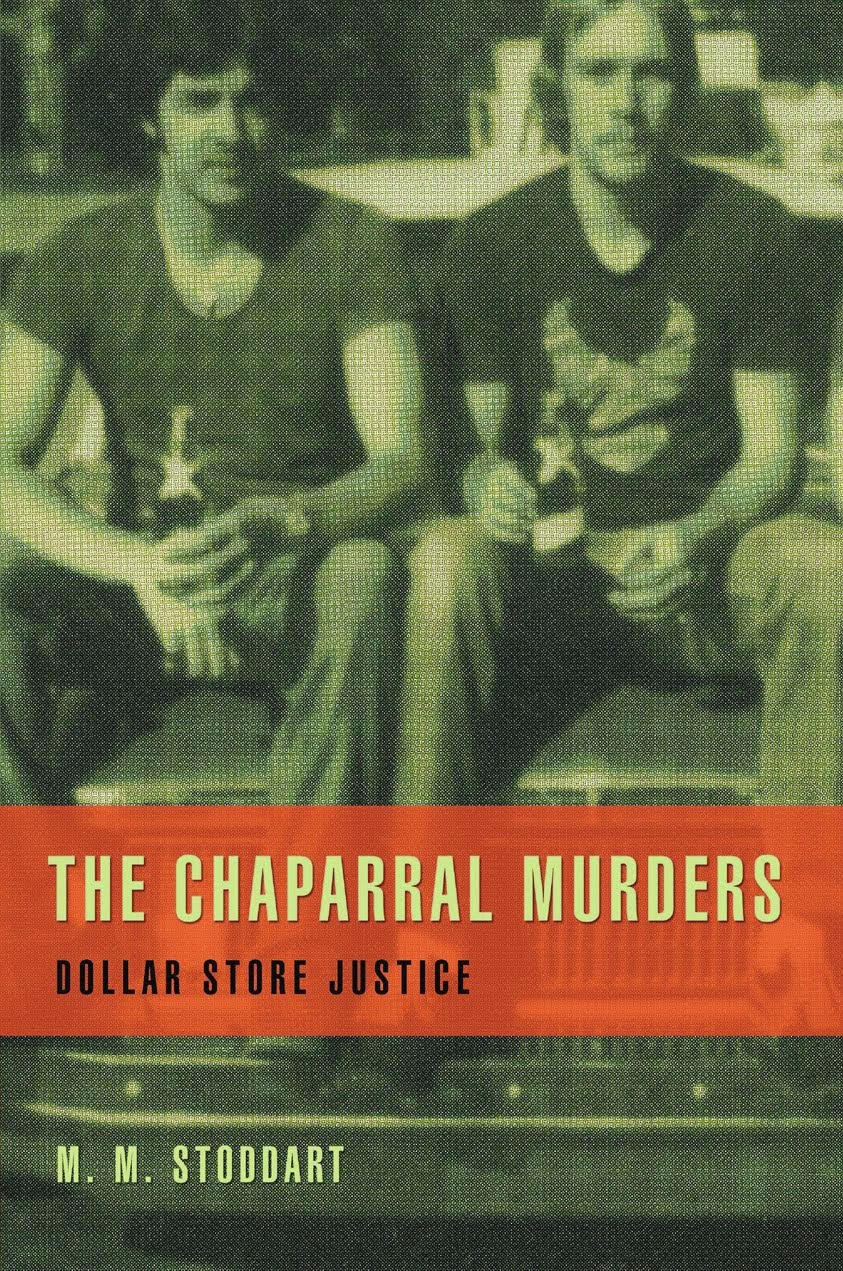Junk Science
The job of a medical examiner (ME) is to determine manner and cause of death.
Like the rest of us, the ME does the best they can with what they have to work with and within the timeframe and budget given.
Their burden is that given more time and more funds, a clearer and perhaps different story of the manner and cause of death might result.
“Junk science” may have been the best available at that time. So, what do we do when we know better?
More to the point in this case, can a 2 ¼ to 3 ¼ inch span of damage to cervical (neck) vertebra be caused by a shotgun loaded with #6 shot fired at contact range? Dr. James Frost told the jury it couldn’t. After firing at cardboard, he concluded that the weapon had to have been held at least a foot from the victim to achieve that spread of damage. Our scientific smarts today tell us that there is much more to this equation.
The 1982 forensic finding can be easily and inexpensively retested today. A West Virginia ballistics test already has. The Bullet Test Tube, recently developed by Richard Mann, took a near contact shotgun load of #6 shot and produced a dispersal range equivalent to the damage found in the victim.
What does this mean? Contrary to the 1982 findings from the cardboard test, the fatal shot could have been fired at contact range. The manner of death is no longer conclusive. Equivocal death is the appropriate finding. Reasonable doubt is the correct conclusion.
Saturday, June 21, 2008
Subscribe to:
Post Comments (Atom)



No comments:
Post a Comment